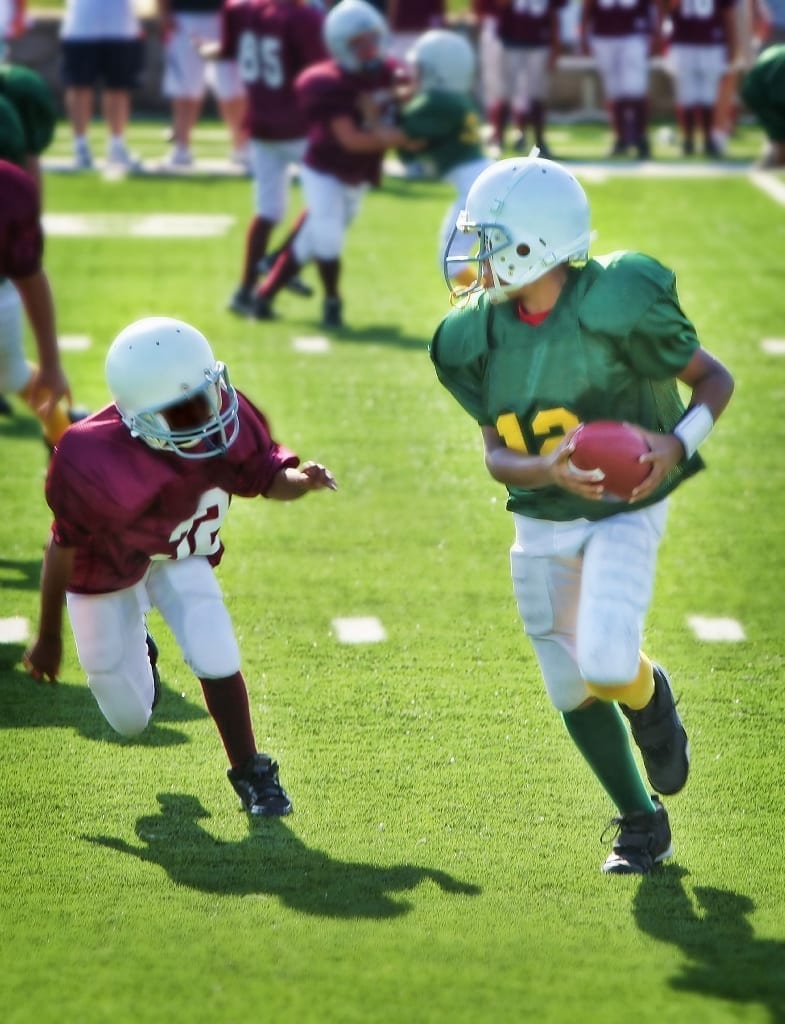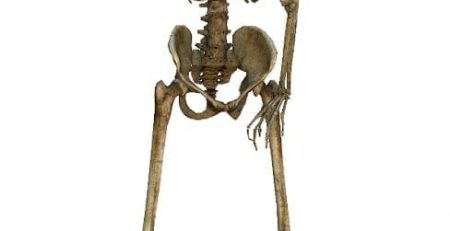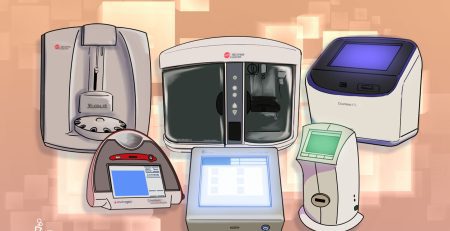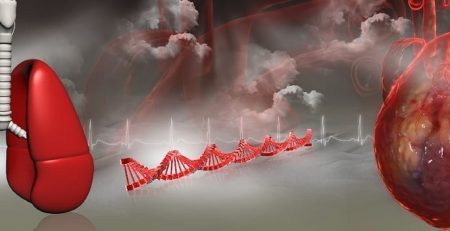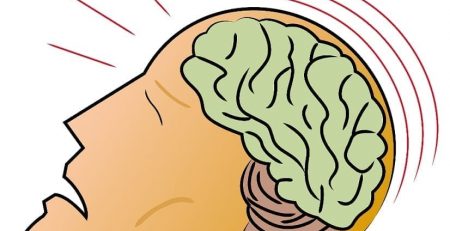Student-Athletes May Be at Risk For Same Injuries as Professional Athletes
Chronic traumatic encephalopathy, or CTE, has been receiving an increased amount of attention over the years, unfortunately primarily due to the tragic suicides of several former professional football players. CTE results from repeated blows to the head and concussions over a period of time. This leads to progressive nerve damage, which not only causes visible changes to the brain, but can lead to difficulies with thinking, mood, and behavior, and later symptoms may include physical problems.
Researcher’s at Mayo Clinic’s Florida campus recently published a study in Acta Neuropatholgica discussing the prevalance of trauma found in the brains of those that played recreational sports in their youth. Because CTE can only be diagnosed after death, researchers combed through the clinical records of patients who had donated their brains to the Mayo Clinic Brain Bank and selected 66 patients that had participated in contact sports as young adults. There was an additional group of 198 donor brains from people who had no record of playing contact sports. Of the former group, 32% showed signs of CTE, while the none of those in the latter group had CTE.
“If 1 in 3 individuals who participate in a contact sport goes on to develop CTE pathology, this could present a real challenge down the road,” said the study’s lead author, Kevin Bieniek, a predoctoral student in Mayo Graduate School’s Neurobiology of Disease program, in a press release.
The researchers also found 2 genetic markers that seemed to possibly modify the risk of developing CTE. “These markers need to be further studied in a larger group of CTE cases, but they could be very important in determining whether an individual is at greater risk of developing these brain changes,” Bieniek said.
Bieniek also stressed that the motive behind the study was not to “discourage children and adults from participating in sports,” but rather to bring awareness and make contact sports safer.
This study is the first of its kind, and the first to use CTE neuropathologic criteria established by the National Institute of Neurological Disorders and Stroke (NINDS).




